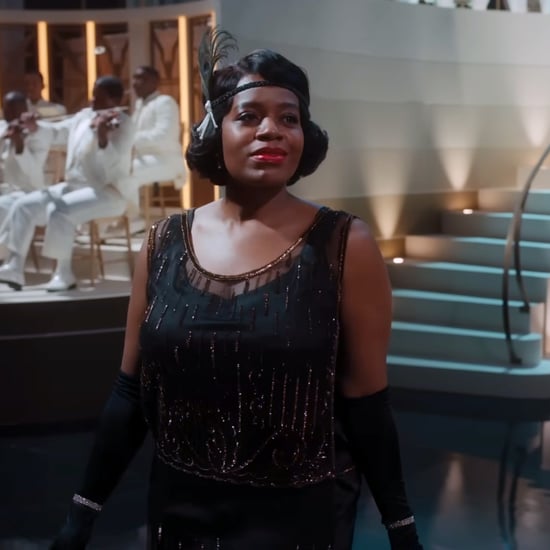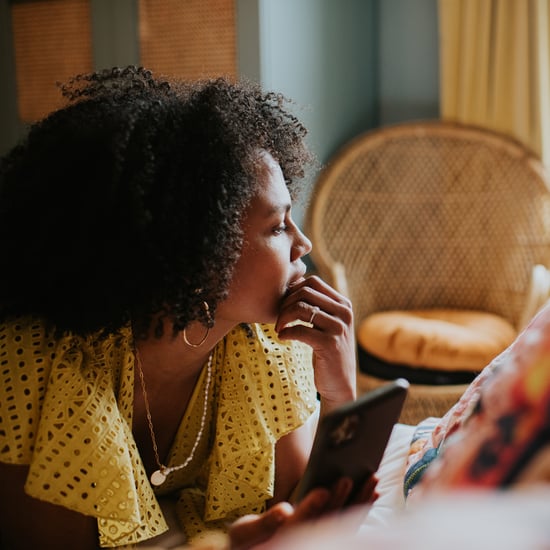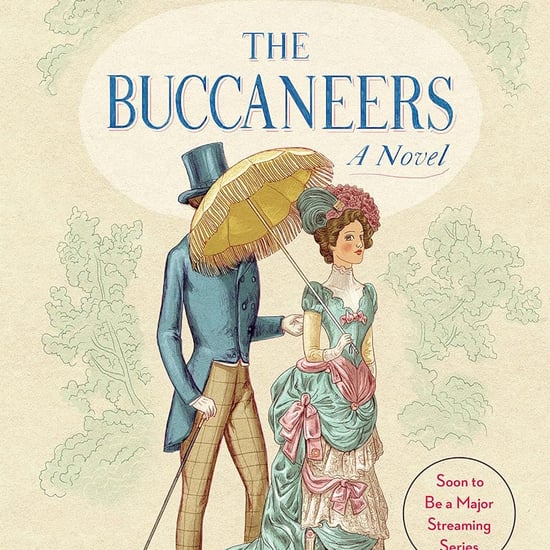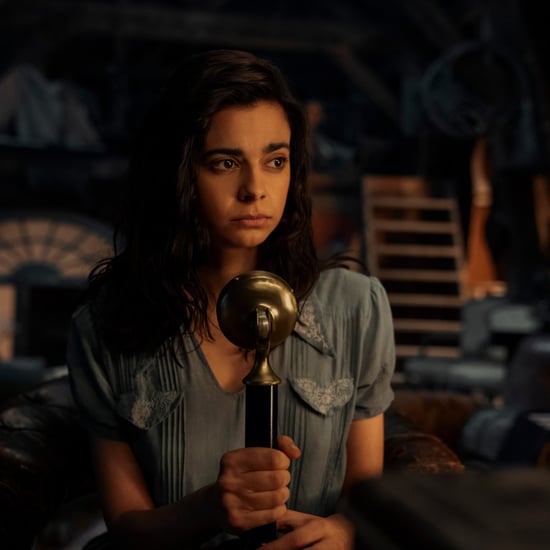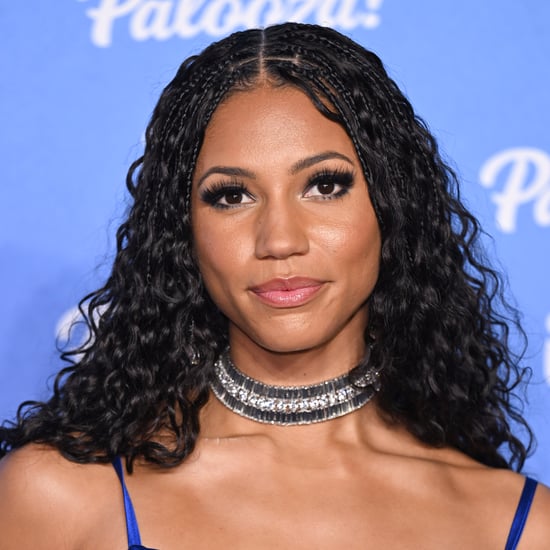Insecure's Impact: How It Honoured Dark-Skinned Black Women
How "Insecure" Honoured Dark-Skinned Black Women Will Be Its Enduring Legacy
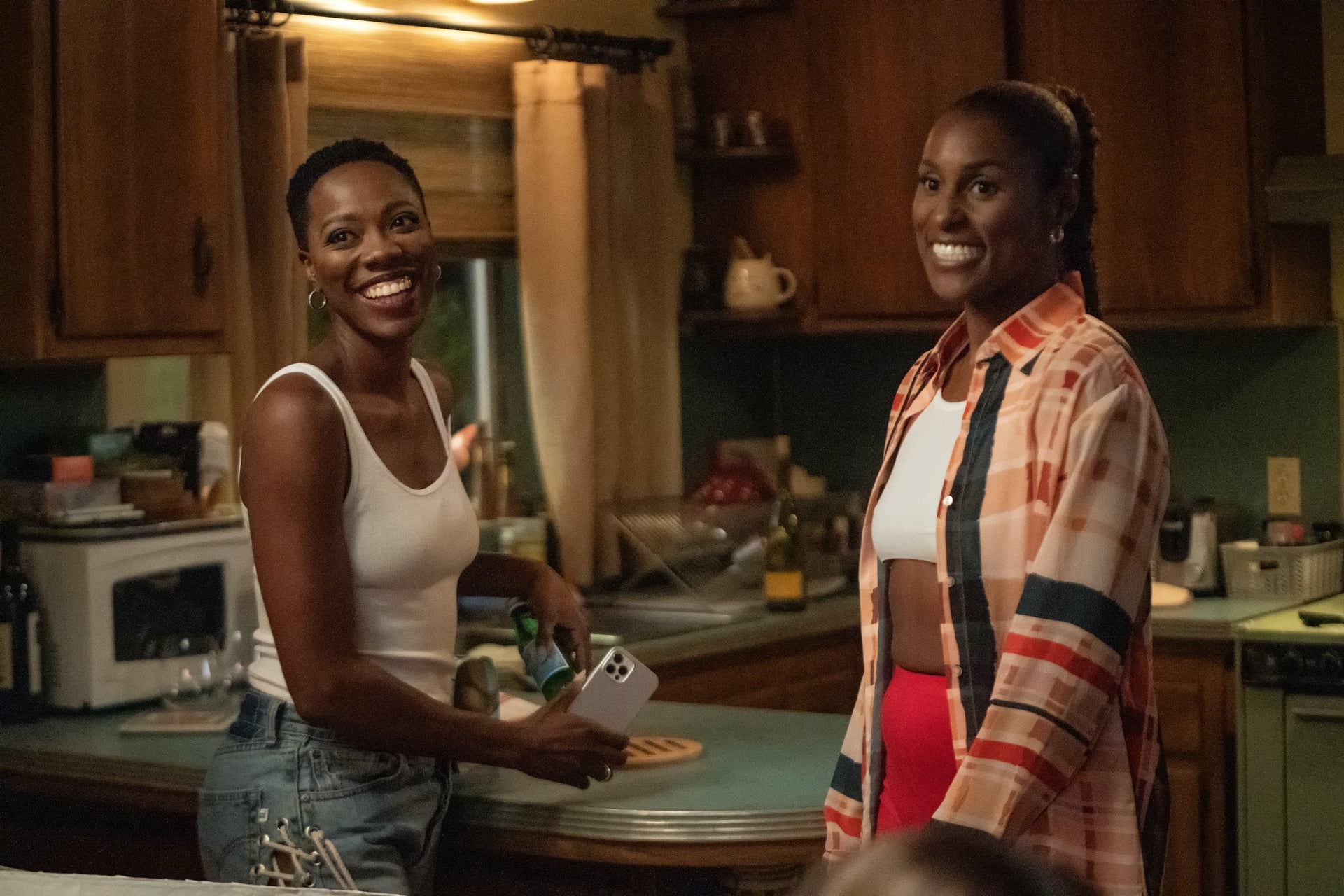
In late December 2021, the long-awaited series finale of "Insecure" aired, the culmination of nothing less than a cultural phenomenon within the television landscape. The show may be over, but its impact and legacy on television — how it showed, affirmed, and honoured dark-skinned Black women — will undeniably be felt for years to come. "Insecure" was a show for and about Black people. From the storylines, music, and costuming to the cinematography and Black Los Angeles as its backdrop, "Insecure" was the first show to focus on dark-skinned Black women characters in a non-tokenizing manner: authentically representing Blackness untethered from whiteness.
Typically, if there is a Black character on a TV show, they are the only Black character: their main objective is to support the white main character's storyline as the best friend or colleague. The tokenization of dark-skinned women characters includes being reduced to the Mammy trope, the "angry Black woman" stereotype, or the over-sexualized sidekick. Even shows with a mostly Black cast tend to feature very few dark-skinned Black people; many centre on whiteness and how Black characters navigate white America.
This practice is the result of both racism and the lesser-discussed colorism, or prejudice against those with darker skin in favour of lighter skin. Colorism stems from enslavement, at which time the enslaved with lighter skin were granted privileges and perceived as smarter and more desirable because of their proximity to whiteness. The legacy of colorism is realised today in who gets cast as leads and who ends up fading into the background — if shown at all — on television shows over the last 50 years. When Black women prevail as the lead or main love interest, they have historically been almost exclusively light-skinned, thin with Eurocentric features, or biracial — at times appearing racially ambiguous.
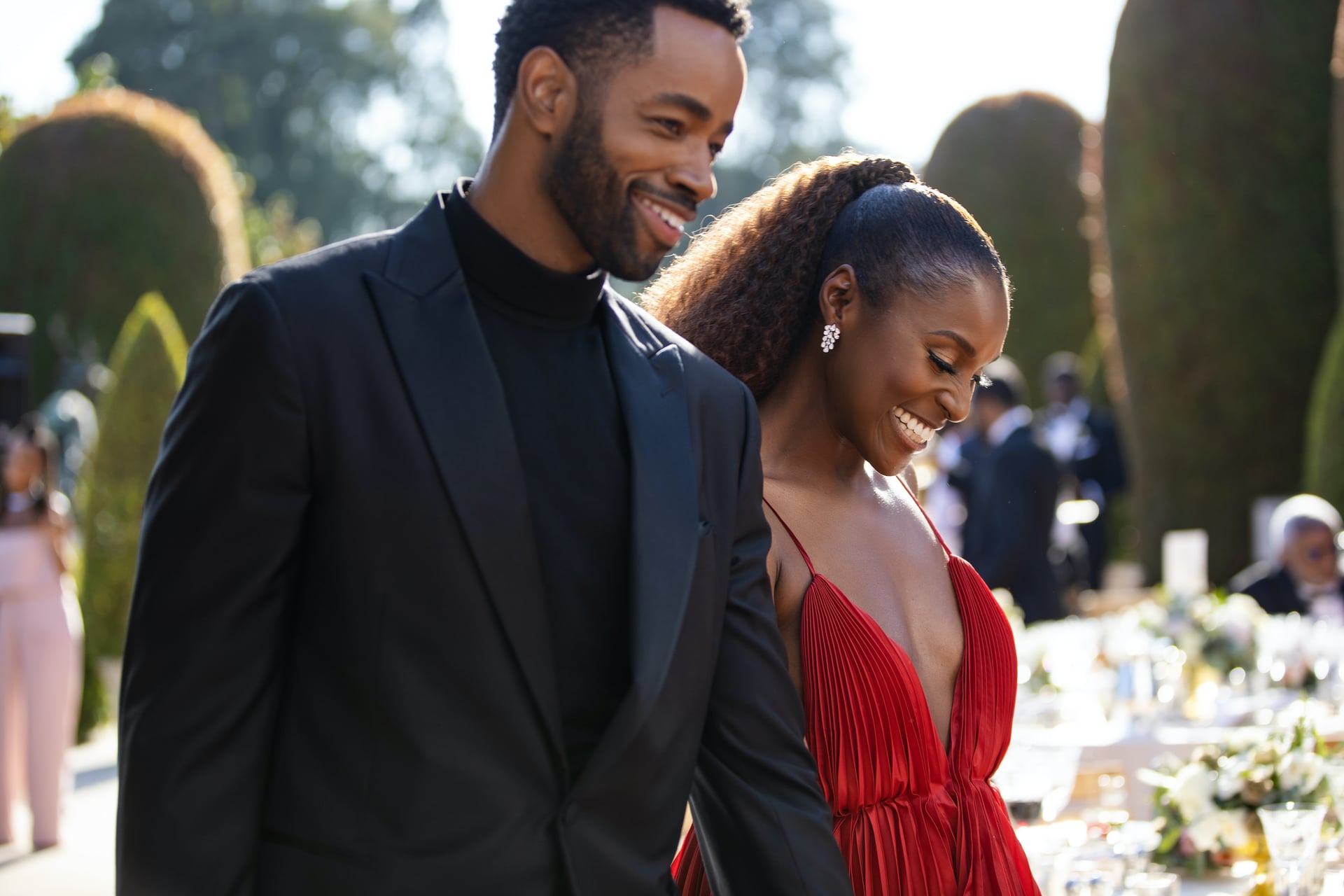
Rae reflected on the lack of representation for dark-skinned Black women in media in a July 2018 interview with "Teen Vogue," saying: "Dark-skinned women still portray a certain archetype and I want to change that . . . they're either super strong, emotionless, robotic — or hyper-sexual, and you don't get the in-between very much."
Rae more than achieved her goal of spotlighting dark-skinned Black women with "Insecure." Not only is its main character, Issa (Rae), dark-skinned, but her best friend and gut-check, Molly (Yvonne Orji), is too. Starting with Kelli (Natasha Rothwell) and Tiffany (Amanda Seales), their extended friendship circle also exemplifies the importance of Black sisterhood shown not as a monolith; but as a representation of Black women of different hues, sizes, and social class. Rae deliberately chose to tell nuanced stories that represent the lived experiences of dark-skinned Black women on screen, like when Molly finds out she's getting paid significantly less than her white, male colleague (an all-too-real experience for Black women), or when Issa feels the burden of representation when she's expected to be the voice for all Black people at the community non-profit where she works.
And "Insecure" didn't only cast dark-skinned Black women — it also amplified natural hair, contradictory to the overwhelming trend of Black women having to straighten their hair to ascribe to white professional norms within society. Issa rocking her natural hair in the workplace sent an empowering message to Black women who have long feared wearing their hair in braids or in natural textures would make them appear "too Black" for the white gaze, stereotyped as angry and aggressive by their white colleagues.
Seeing two dark-skinned characters on screen for five consecutive seasons challenged the colorism that prevails in Hollywood and beyond to this day. It helped viewers reimagine who and what colour is considered beautiful and desirable within the diaspora of Blackness. Issa and Molly were not defined or measured by the "light is right" yardstick, featurism, or even what is considered "Black beauty" by societal standards.
The final chapter of "Insecure" has closed, but one of its most enduring legacies will be what it did for dark-skinned women. As a dark-skinned Black woman, how "Insecure" decentreed Eurocentric beauty standards and centreed dark-skinned Black women as multi-dimensional, desirable, and unapologetically worthy of love, made me feel seen on television for the first time. Being able to see Molly and Issa navigate their friendship — like when Molly doesn't share her mother's health issues at work, fearing her coworkers will think she can't handle her responsibilities, so she turns to Issa for support — was a significant moment in itself. Friendships between Black women are rarely shown in-depth on TV, but it is the sisterhood of Black women that is the essence of how we connect and care for each other.
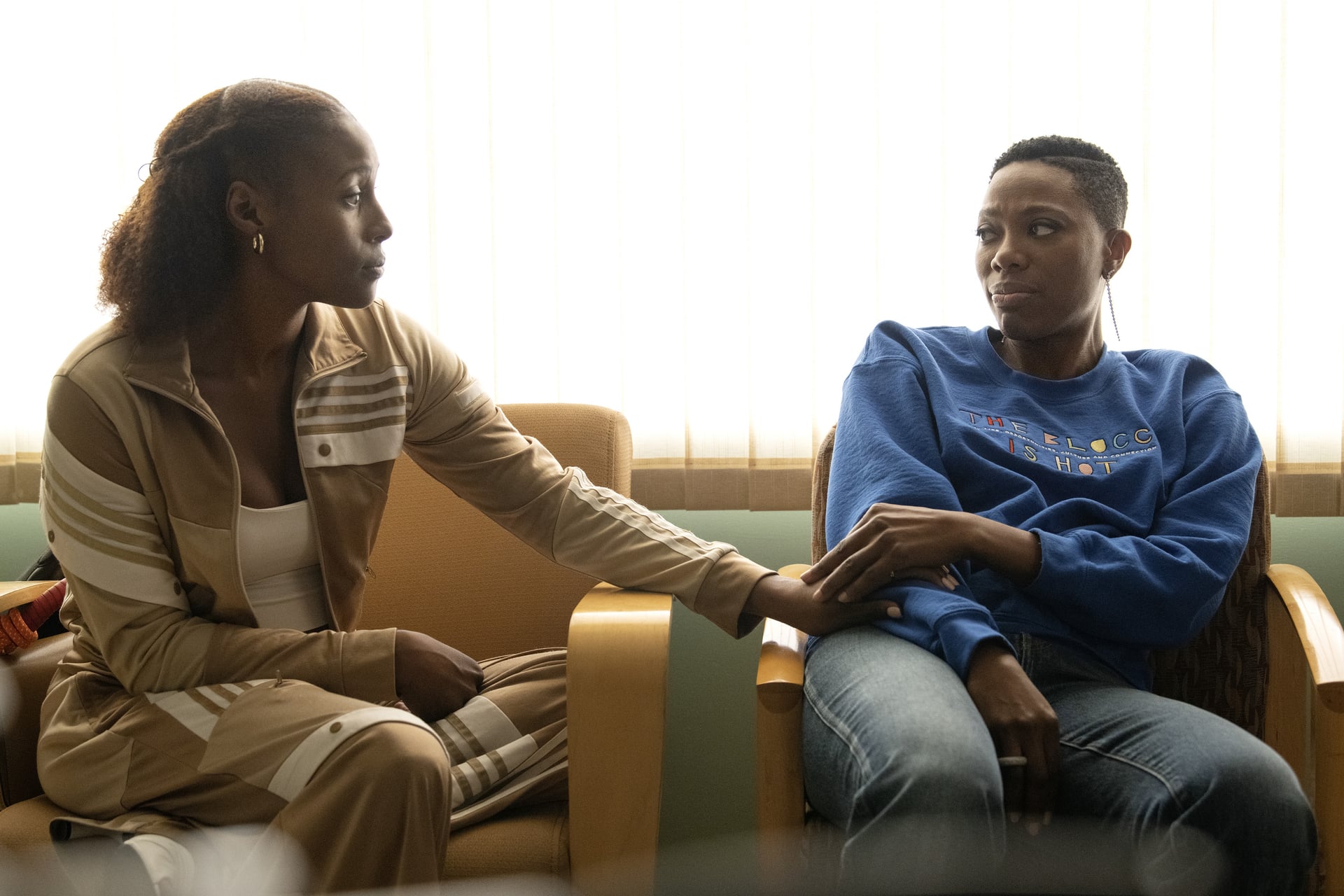
In the future, I'd imagine psychologists, film courses, and the next generation of TV connoisseurs alike will be dissecting and studying the impact of "Insecure," and how its place in the cultural zeitgeist revolutionized how dark-skinned women are understood as beautiful, necessary, and of the moment. I am grateful to "Insecure" for affirming dark-skinned Black women everywhere. It was a show where we were seen, valued, and made to feel secure in the magic of our own skin. Through "Insecure," we got to see and love ourselves. As a dark-skinned Black woman, I will never forget how monumental "Insecure" was in celebrating dark skin as a mirror and reflection of self-love.
